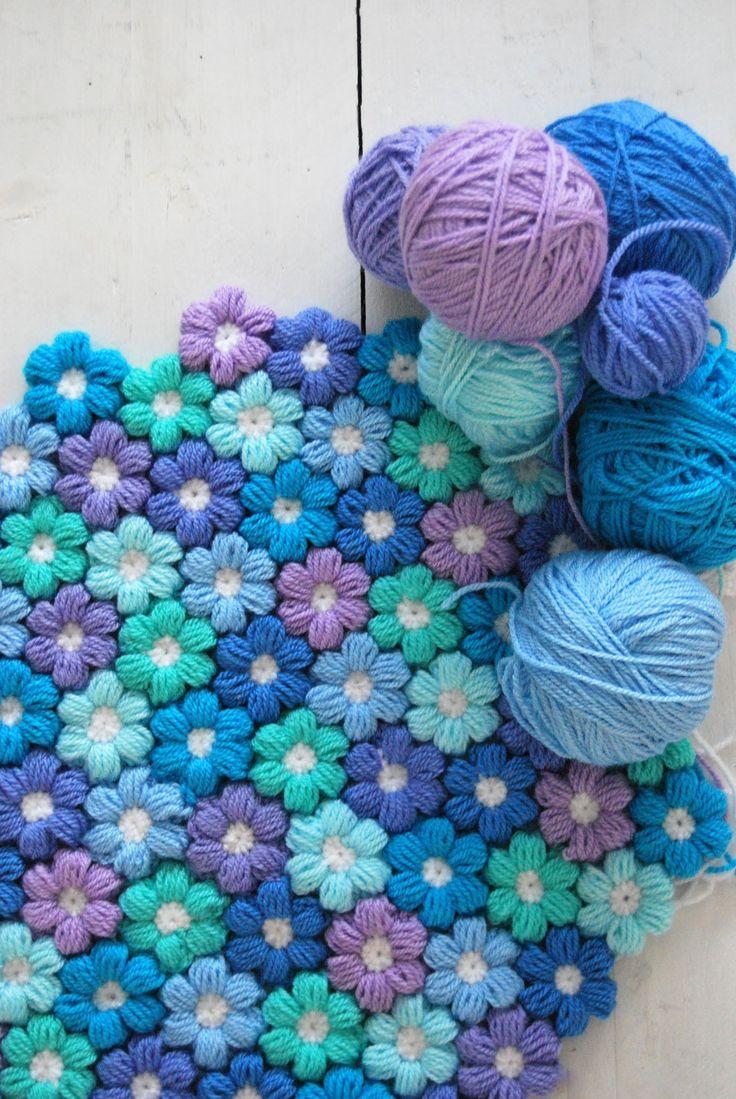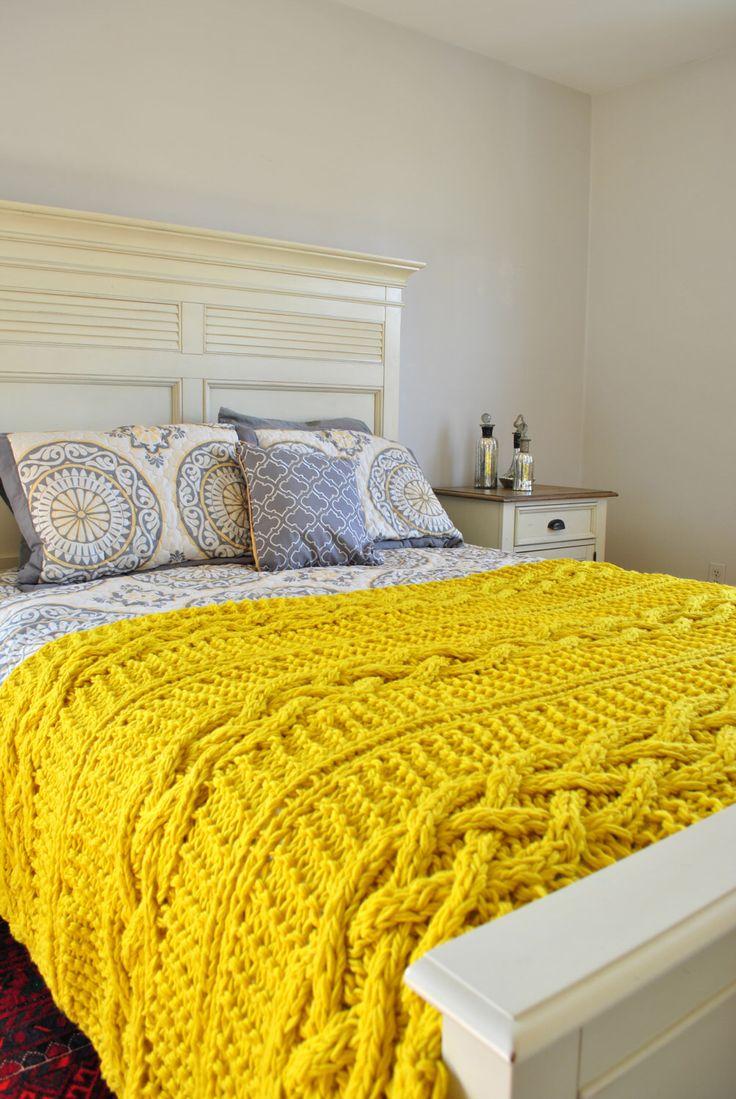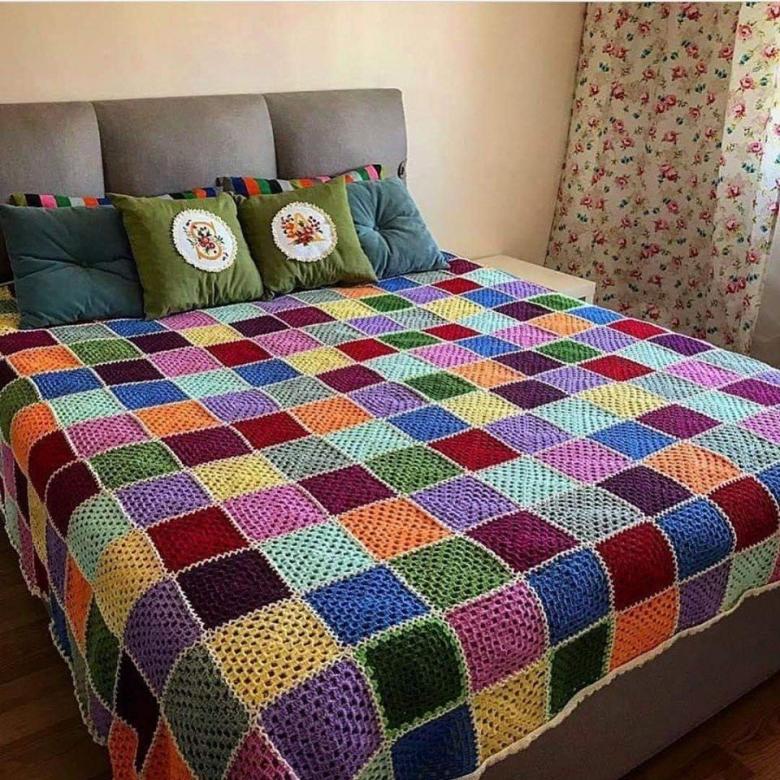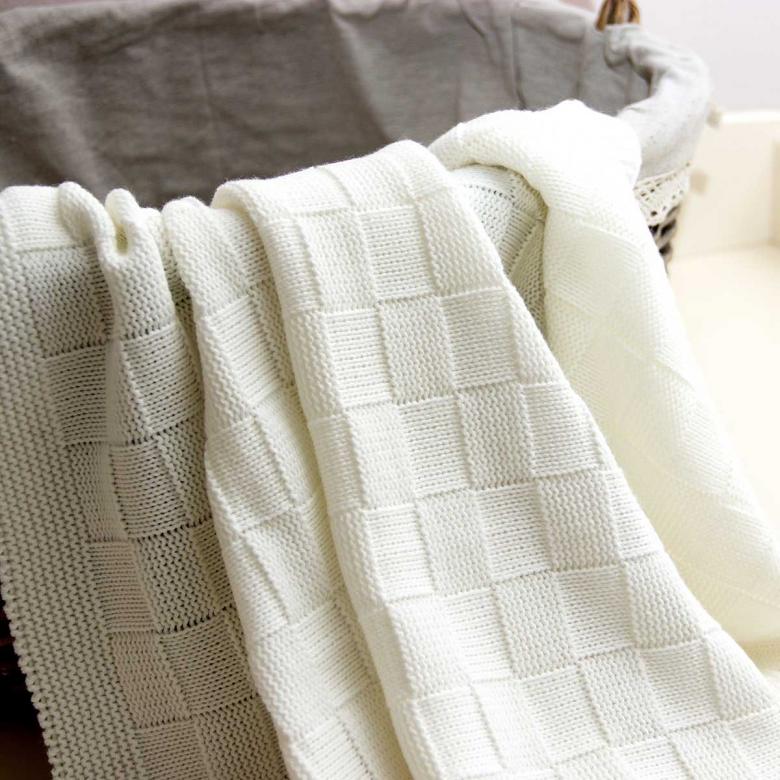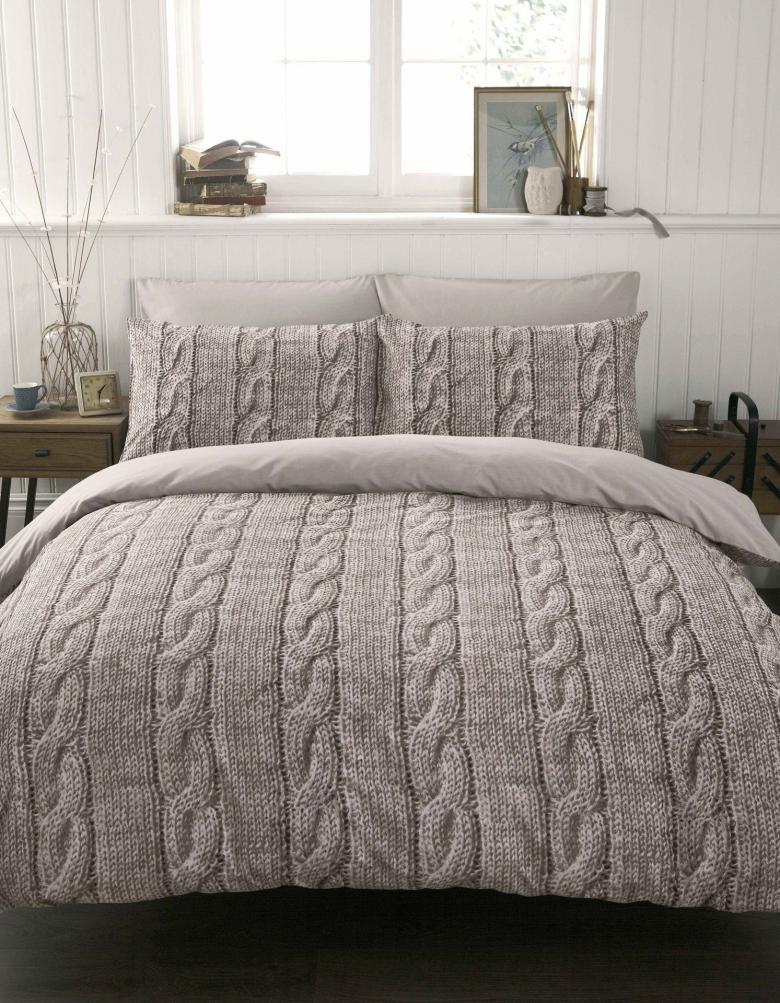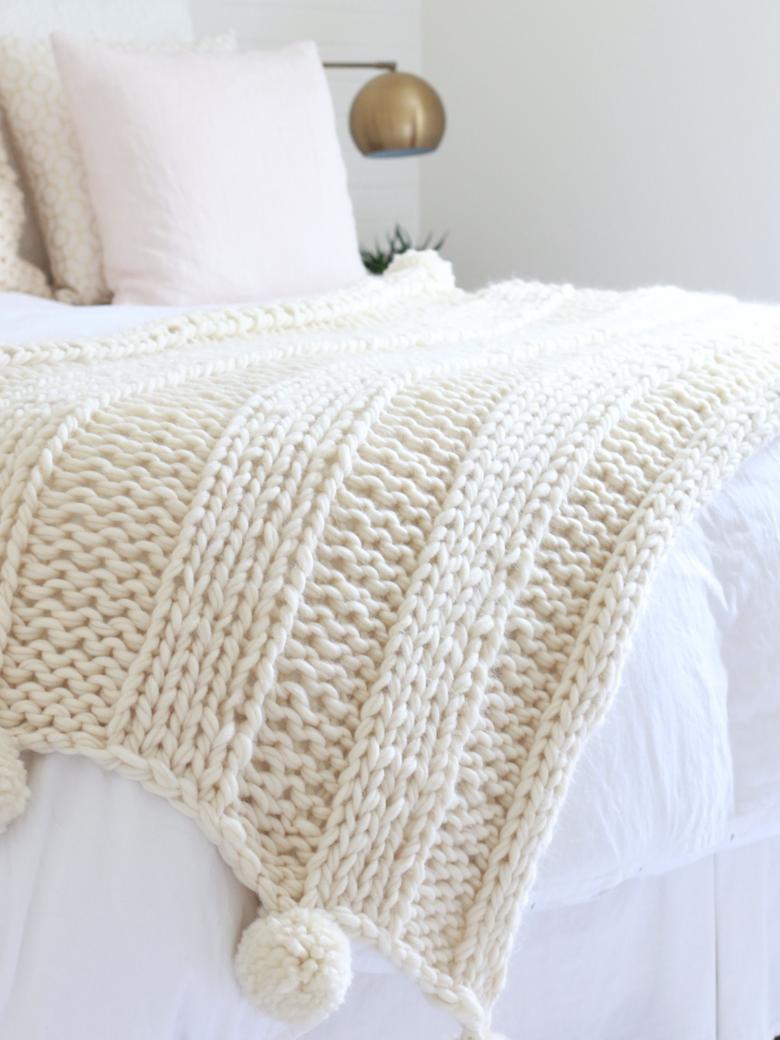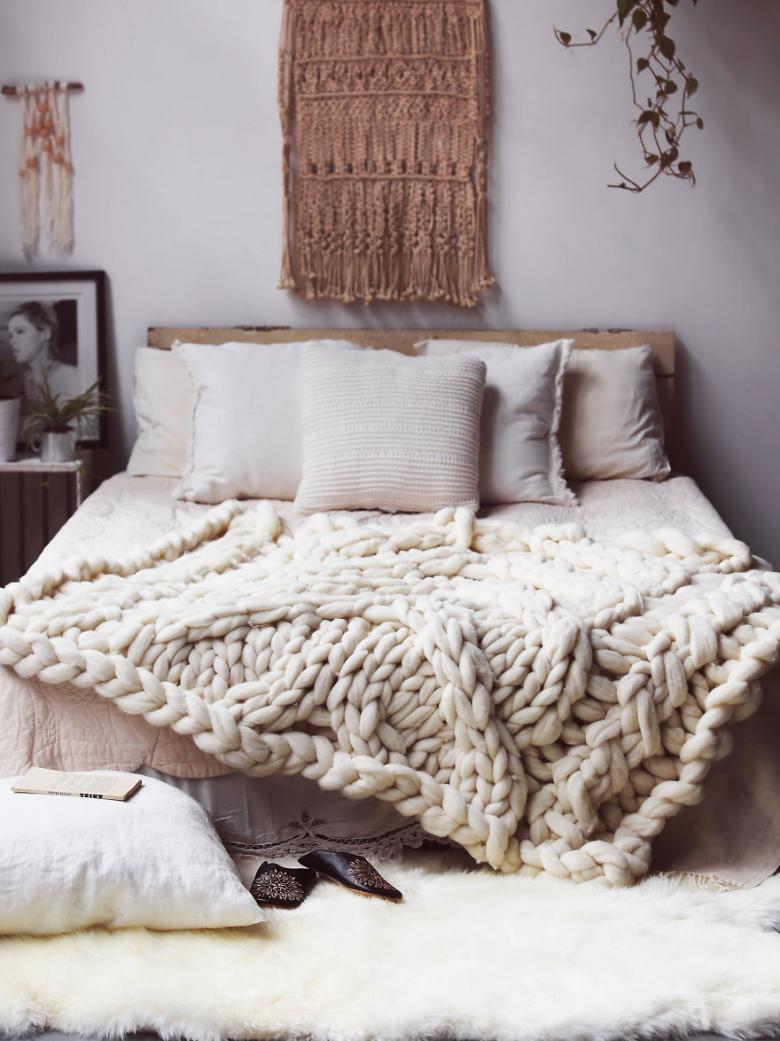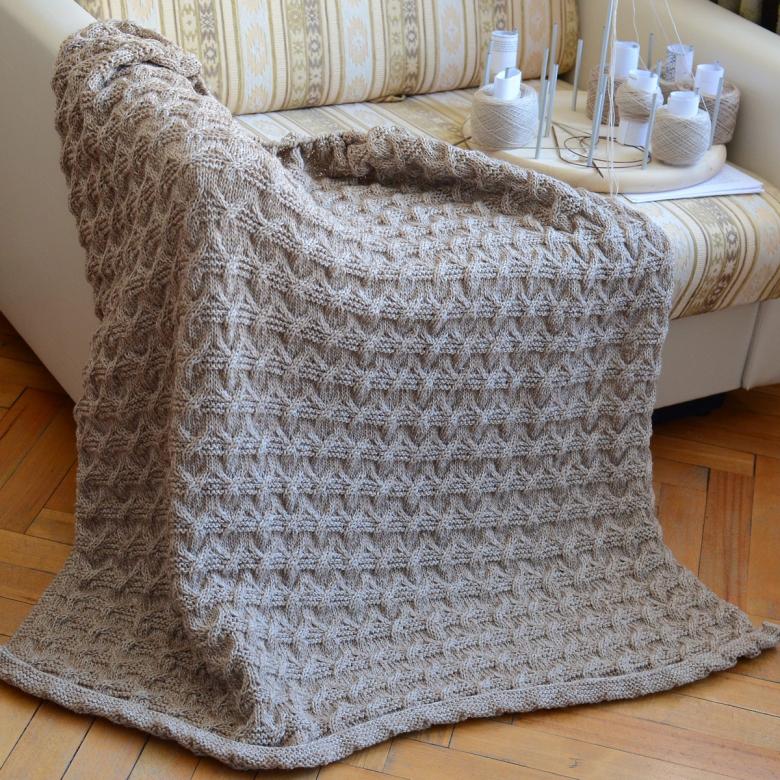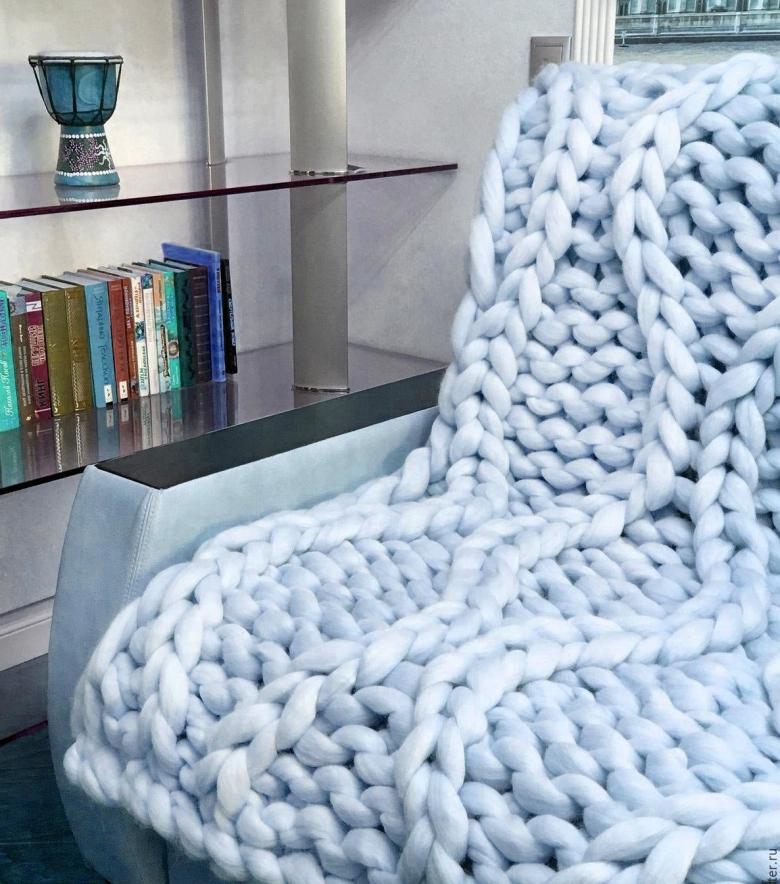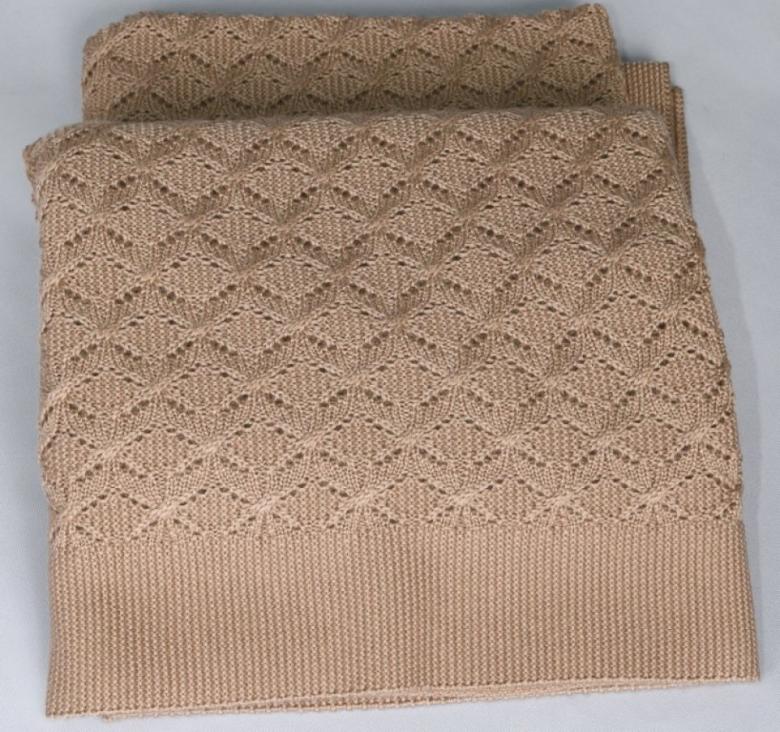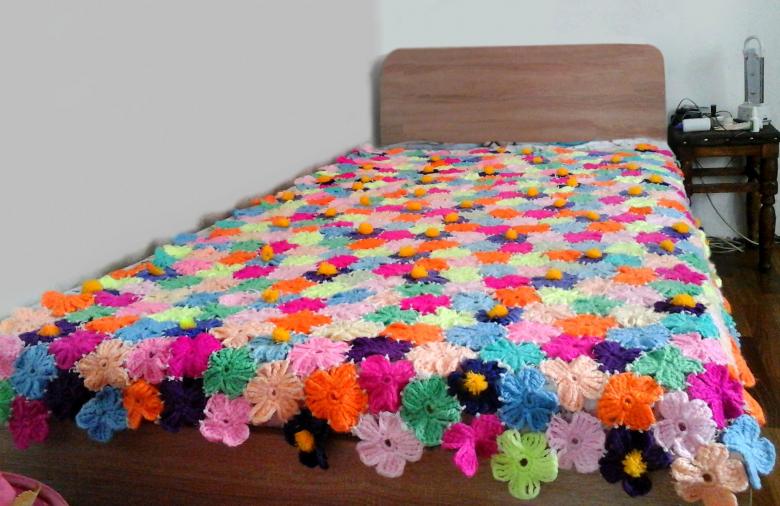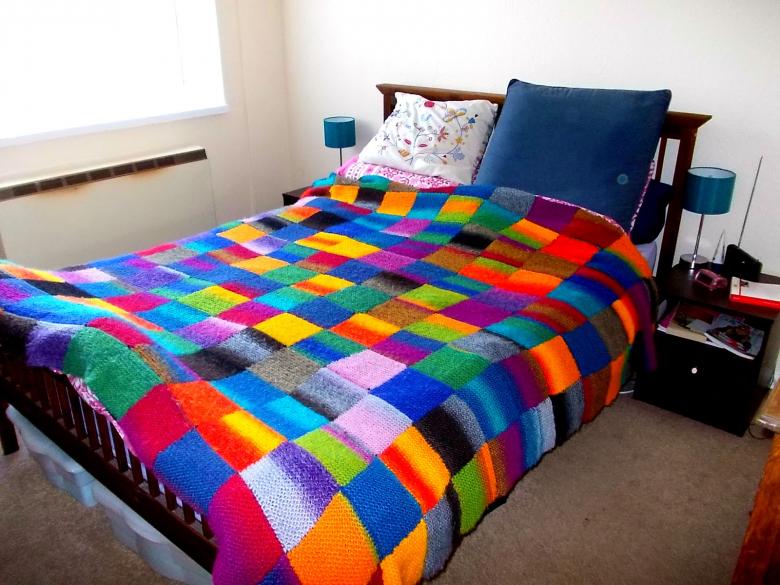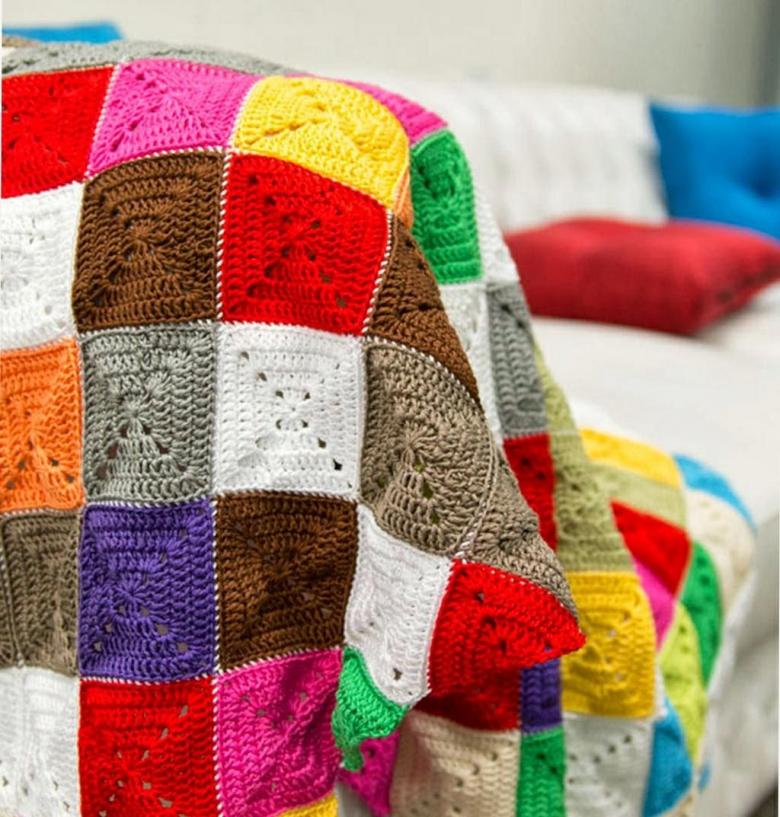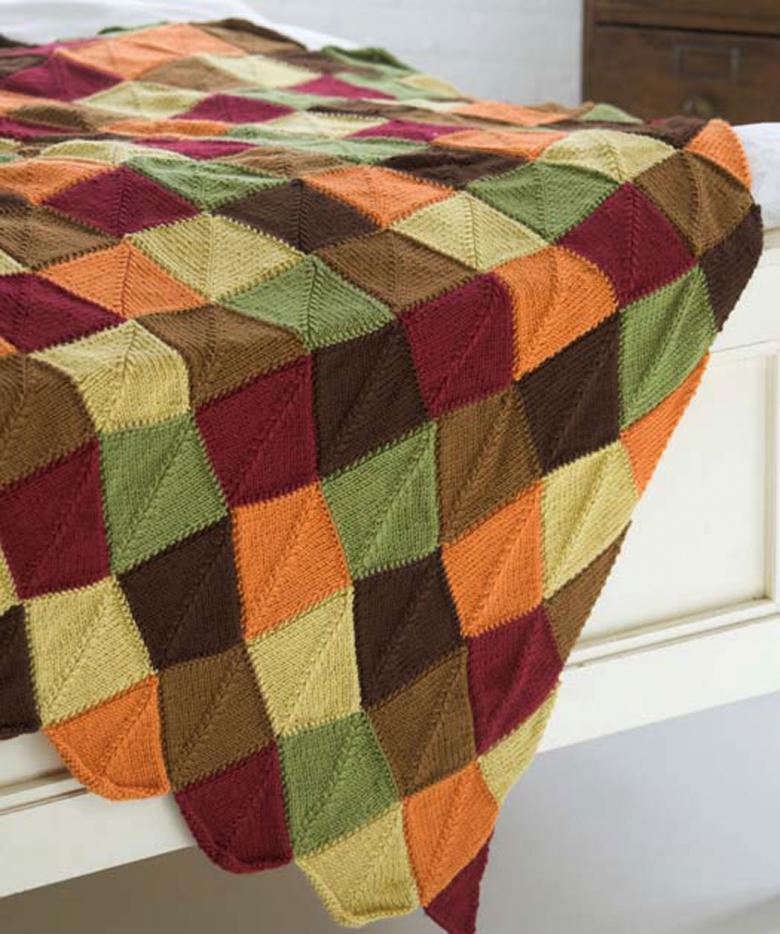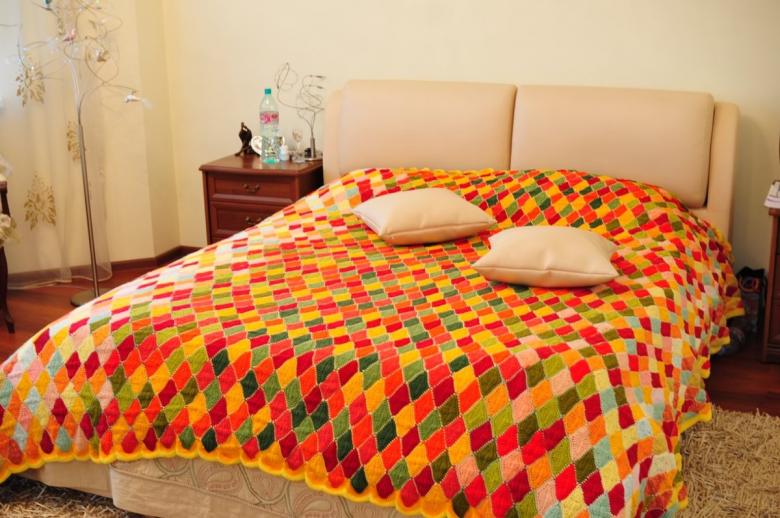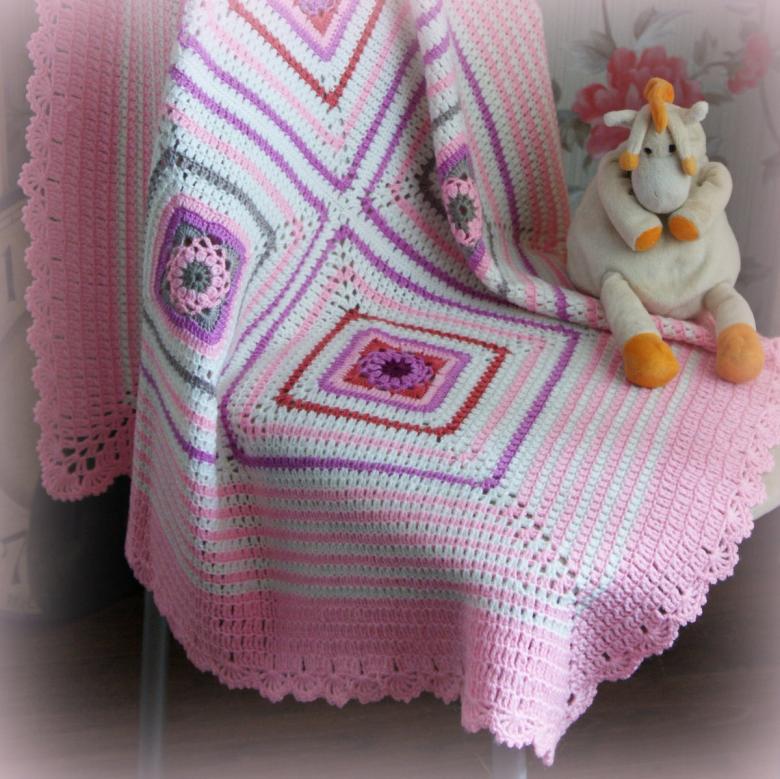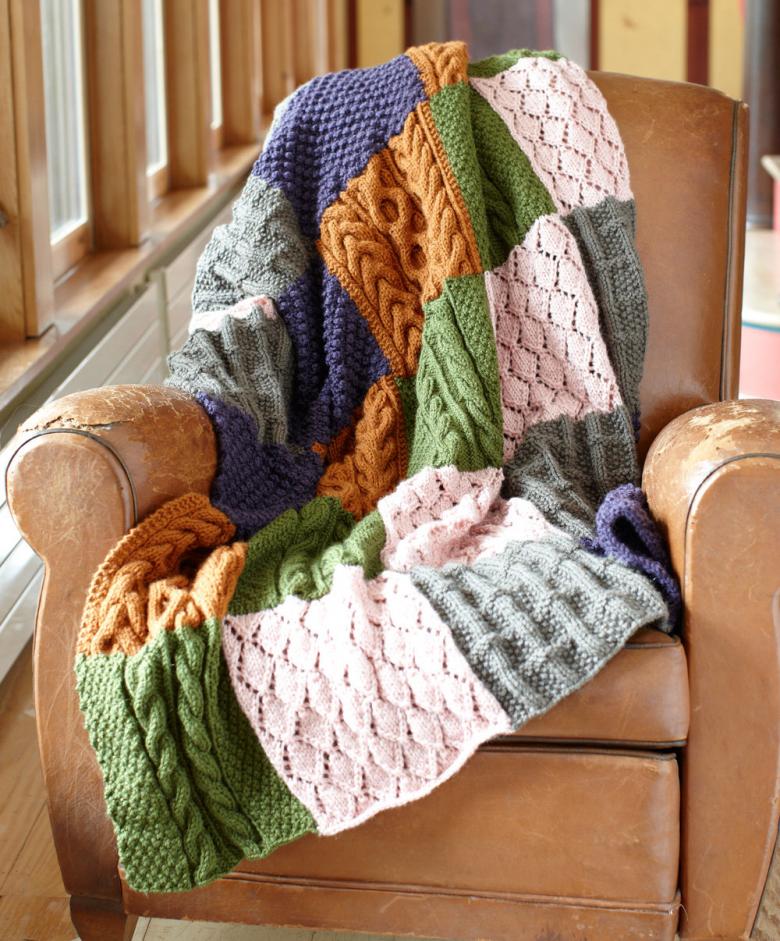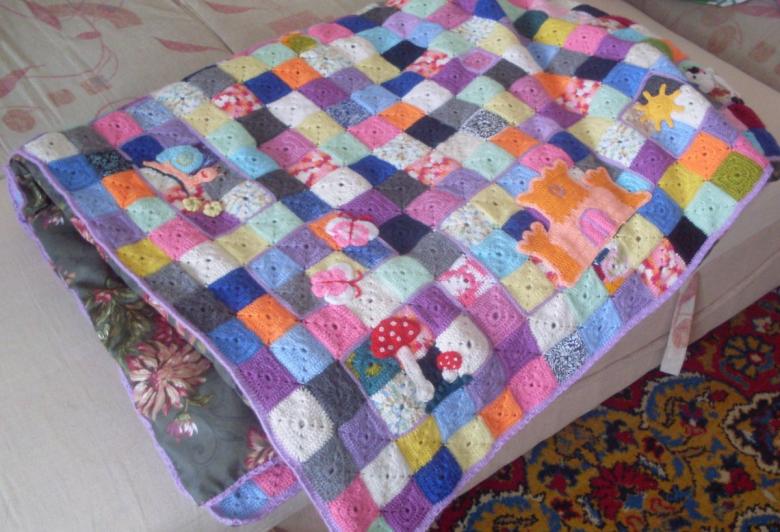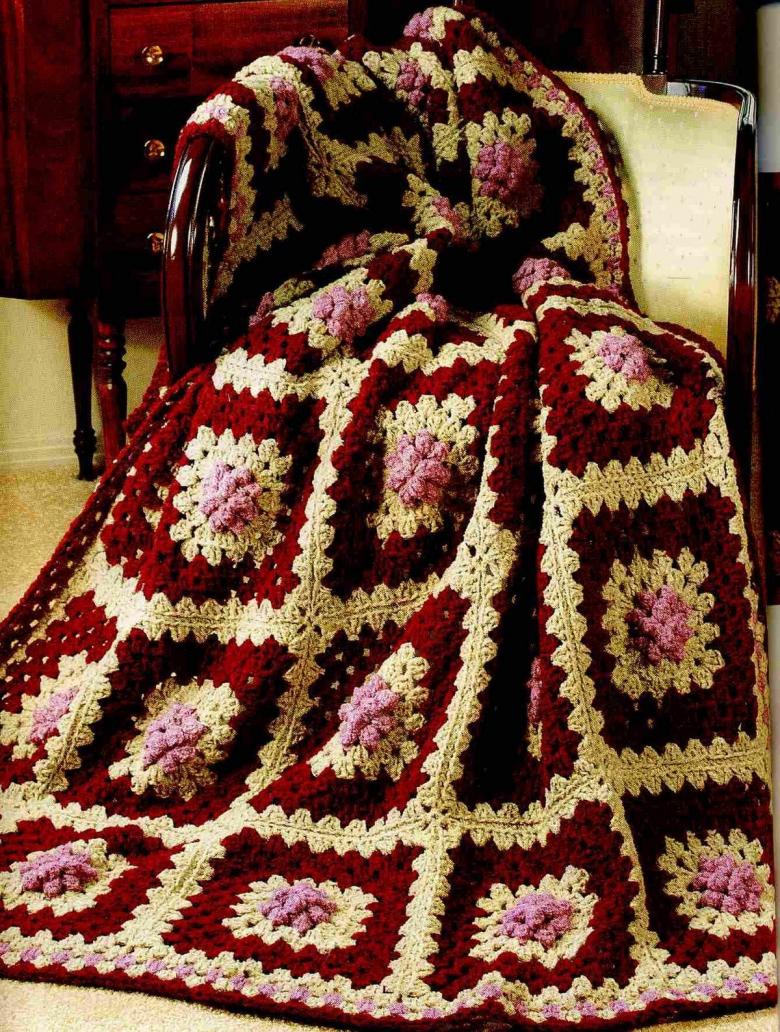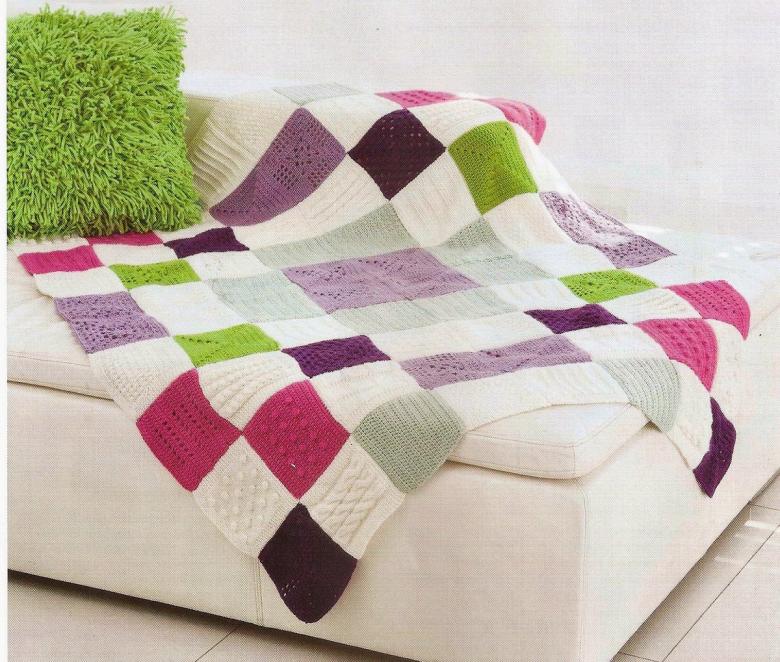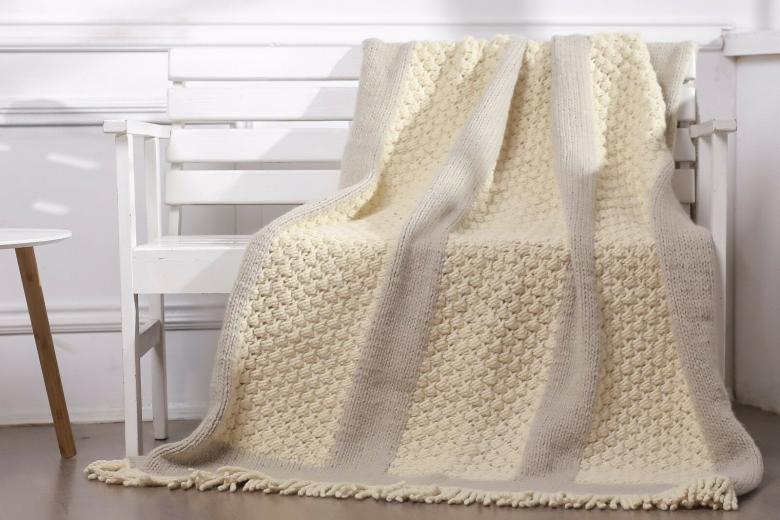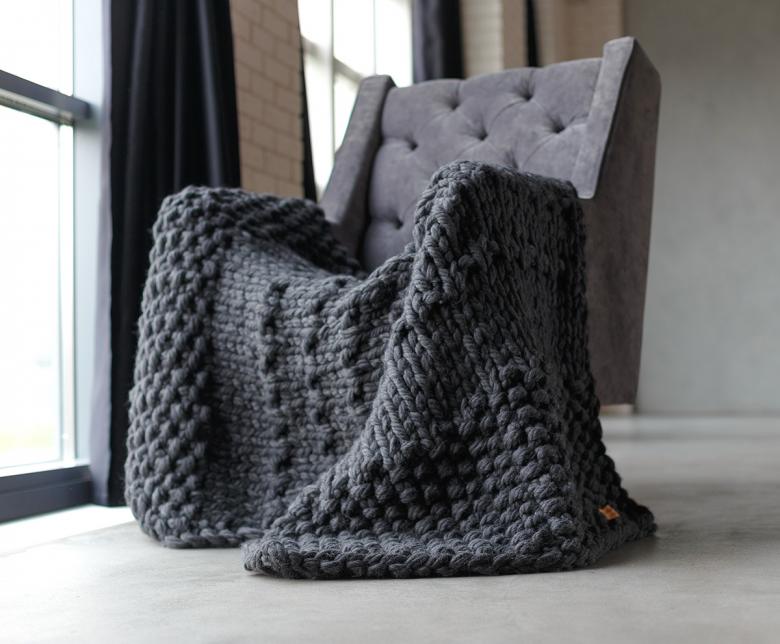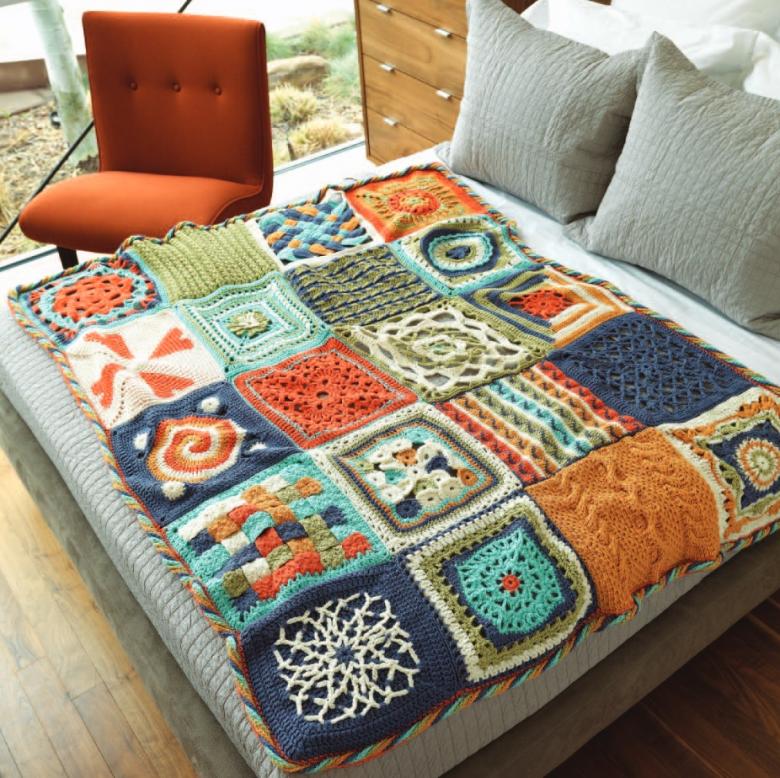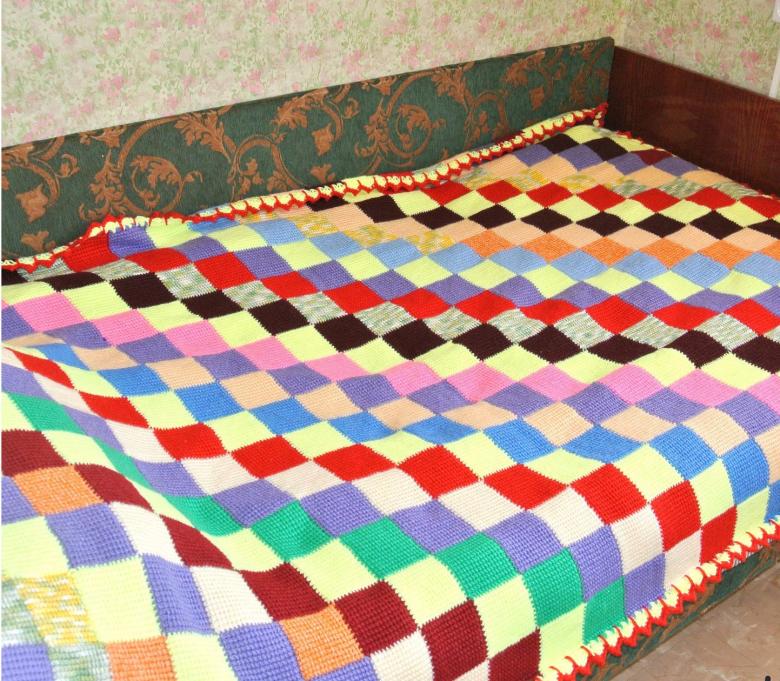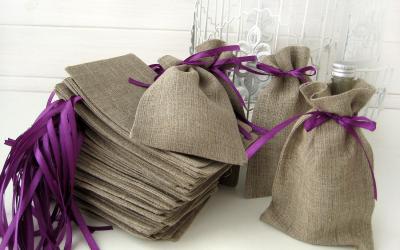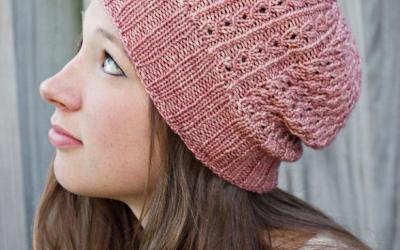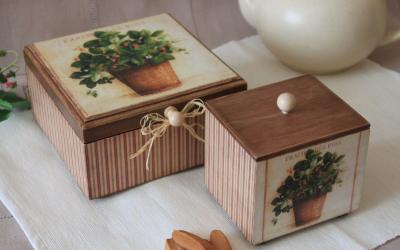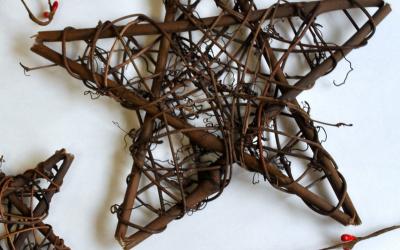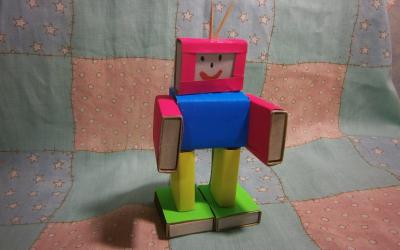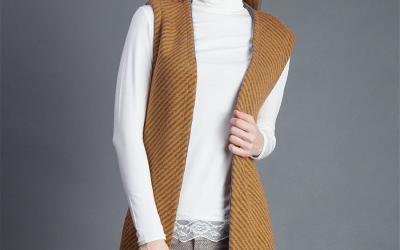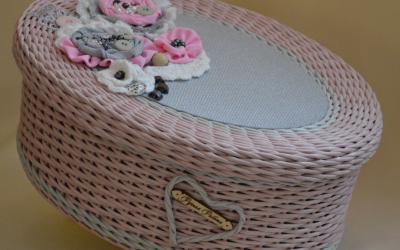How to crochet a rug for beginners - a collection of master classes for every taste
Crocheted plaid can be a stylish interior detail, a cozy blanket for a child, a wonderful gift. A variety of models, both simple and complex, allows you to knit a rug not only experienced knitters, but also beginners.
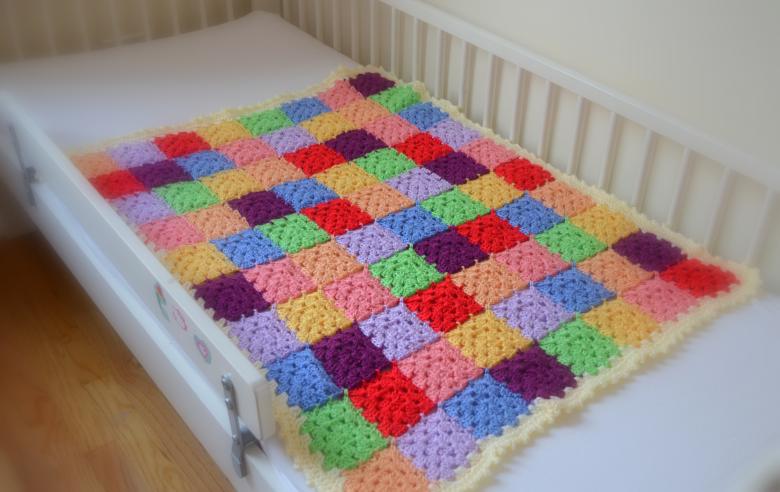
For knitting, you will need yarn. The choice depends on the purpose of the finished product. A warm plaid for an adult can be made from woolen yarn or use mixed - from wool and acrylic.
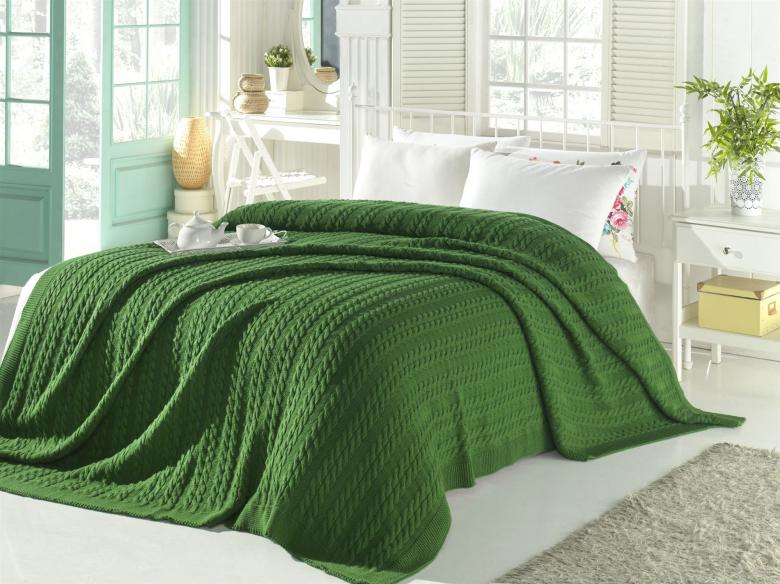
For children, it is better to take threads labeled "Children's". Usually these are mixed types of threads that include acrylic, cotton, and bamboo. You do not have to buy new skeins, you can use leftovers that are in the house.

Use a needle and a hook to match the thickness of the thread. If you plan to make a large-sized plaid in one whole cloth, pick up circular needles on fishing line.
Pay attention! The fishing line should be the same diameter as the spokes. This will ensure the free movement of the loops.
Children's crochet plaid. A beautiful pattern
For the size 70 by 90 cm we will need 400 grams of baby wool or acrylic, hook No 6. Knitted in two strands.
The figure is designed for an even number of loops. If you need to change the size, you can simply increase the number of stitches, but it must be a multiple of two.
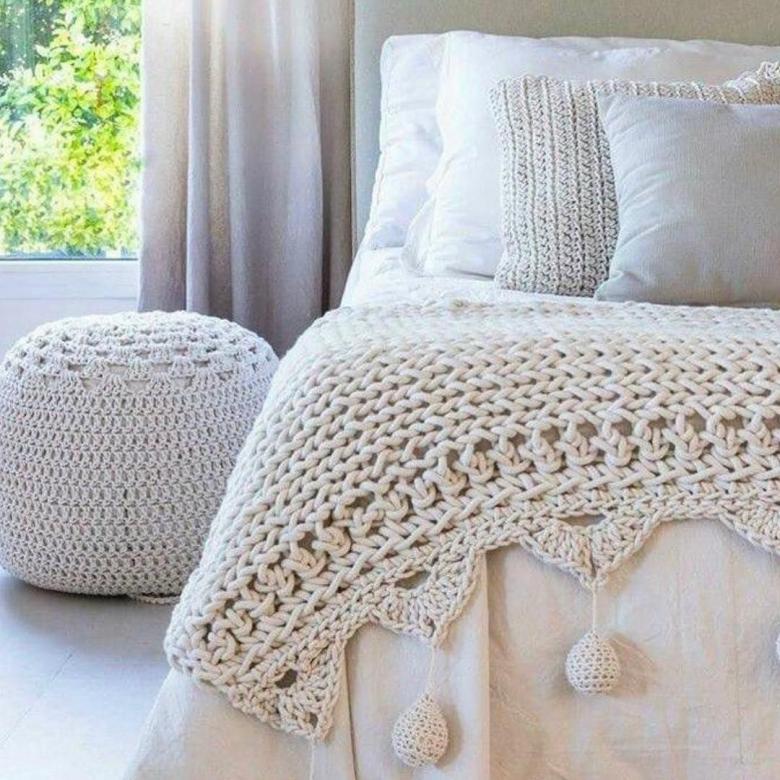
At the beginning of knitting, pull the thread from the middle of the two clubs:
- Dial a chain of air loops equal to 75 cm.
- Make 1 air loop (UP) for the lift, then knit with no stitches (SBN), 2 UP, turn the knitting. The length will vary, because the columns take up more space than the air loops.
- Skip 1 stitch, in the 2nd stitch knit IAS, IAS and through one stitch IAS. Alternate an SBN and a GP, which are placed over the missing loop of the previous row. The last stitch is an SBN, then 2 VPs for the lift and turn the piece.
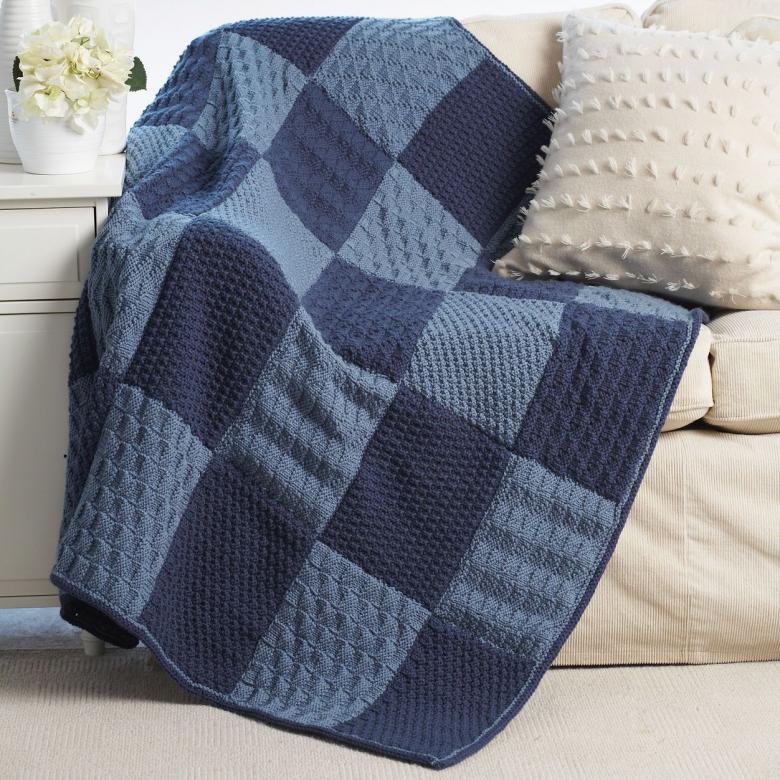
Row 4 and all following rows: UBHs and VPs offset by 1 stitch.
The pattern will appear after 10 cm. Complete the piece with an IBS in each column and in each airy loop.
The knitting pattern gives a dense but light and voluminous fabric.
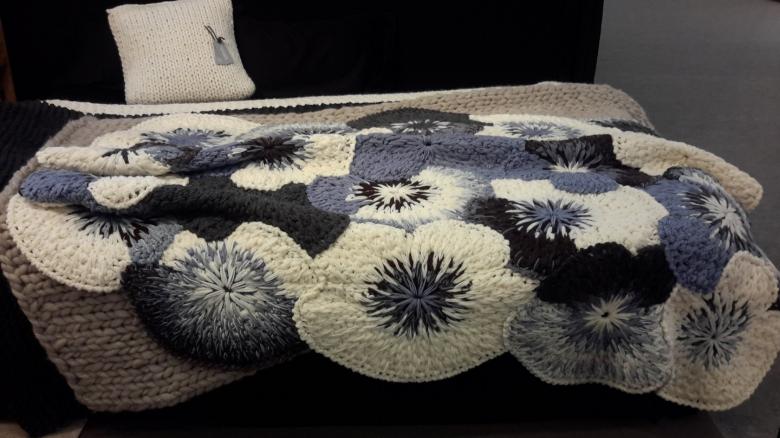
Plaid squares
Performed in two steps:
- Individual motifs are knitted;
- Squares are collected into a single product.
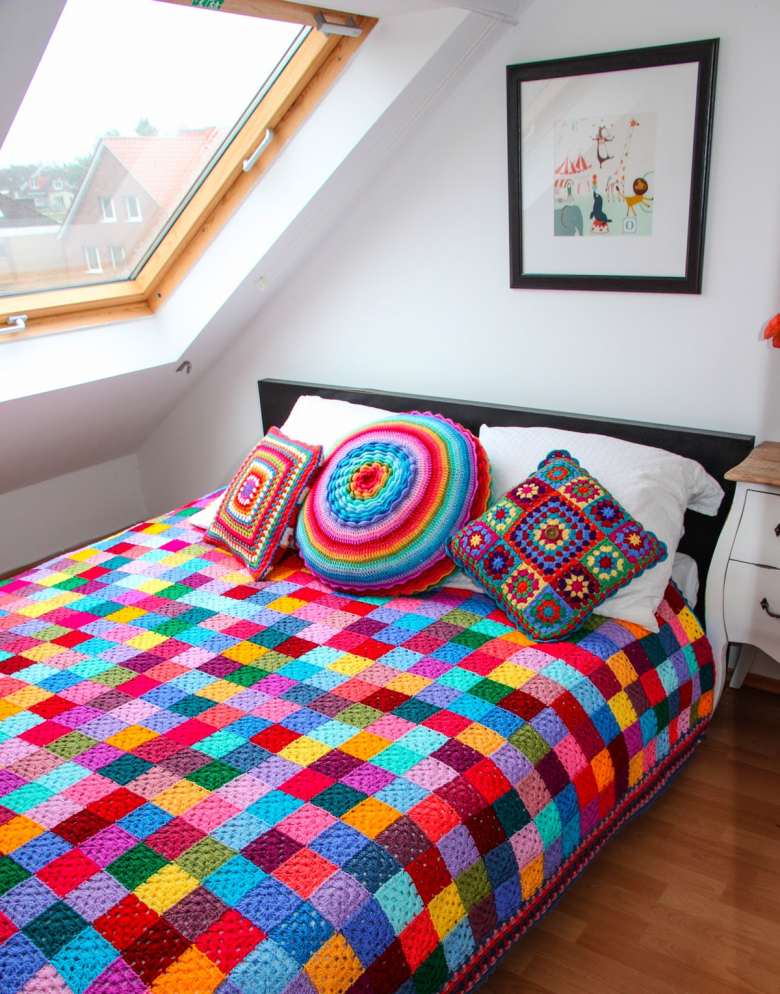
To knit using a needle or crochet. There are no restrictions, it all depends on the skill and desire of the artist and the idea of the product.
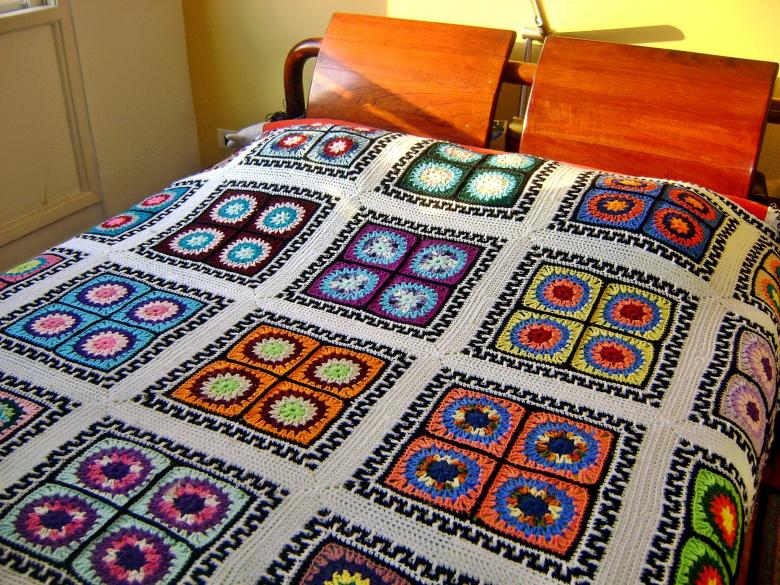
Depending on the conceived size, choose the size of the elements and determine their number. The size of the squares can be any size.

Original look have products where a combination of square fragments of different sizes. Stylish bedspread is obtained from the openwork elements. If you lay it on a contrasting fabric, a bright accent will appear in the bedroom. From identical figures with the help of color you can make unusual compositions.
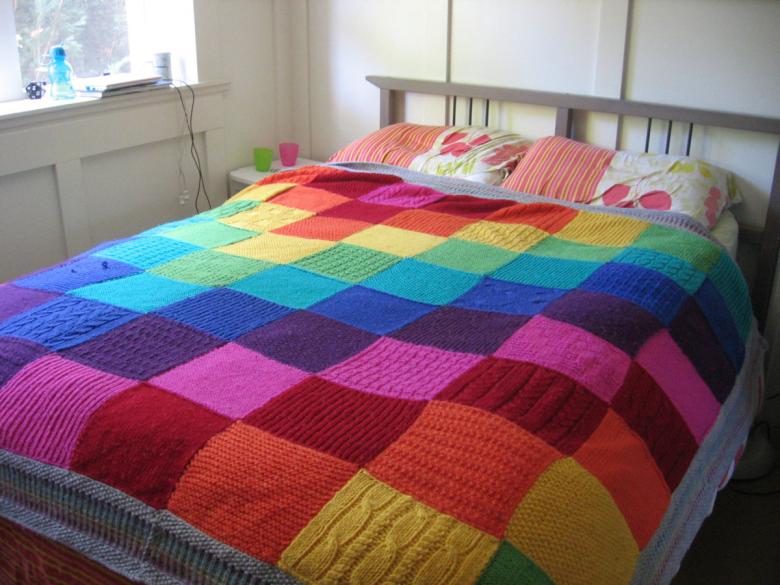
For crochet work, the most suitable scheme "Granny's square". More experienced craftswomen can try the "Spanish square" or the Bavarian pattern. Knitting schemes can be found on the Internet, where they are a great many.

Beginner knitters can use the usual knitting with columns with a stitch. A piece made in this technique will hold its shape well.
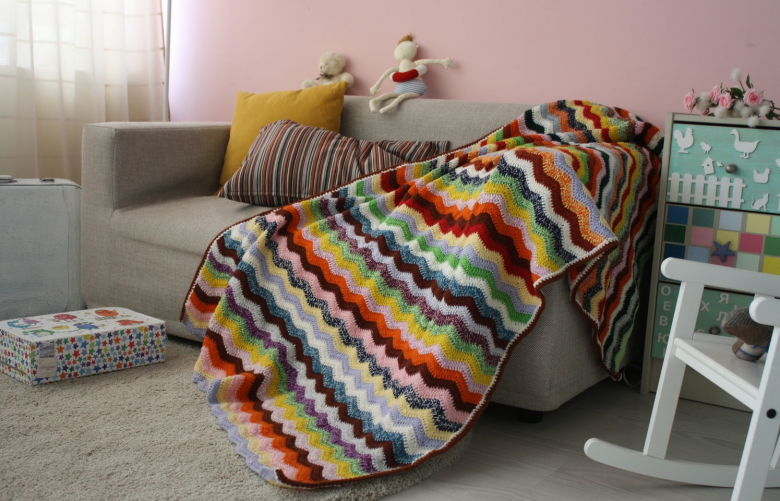
Various variants of execution of motifs are recommended for knitting needles
- with the same pattern;
- with different volumetric patterns;
- with a combination of colors;
- in one color;
- with a jacquard pattern;
- with double-sided pattern.
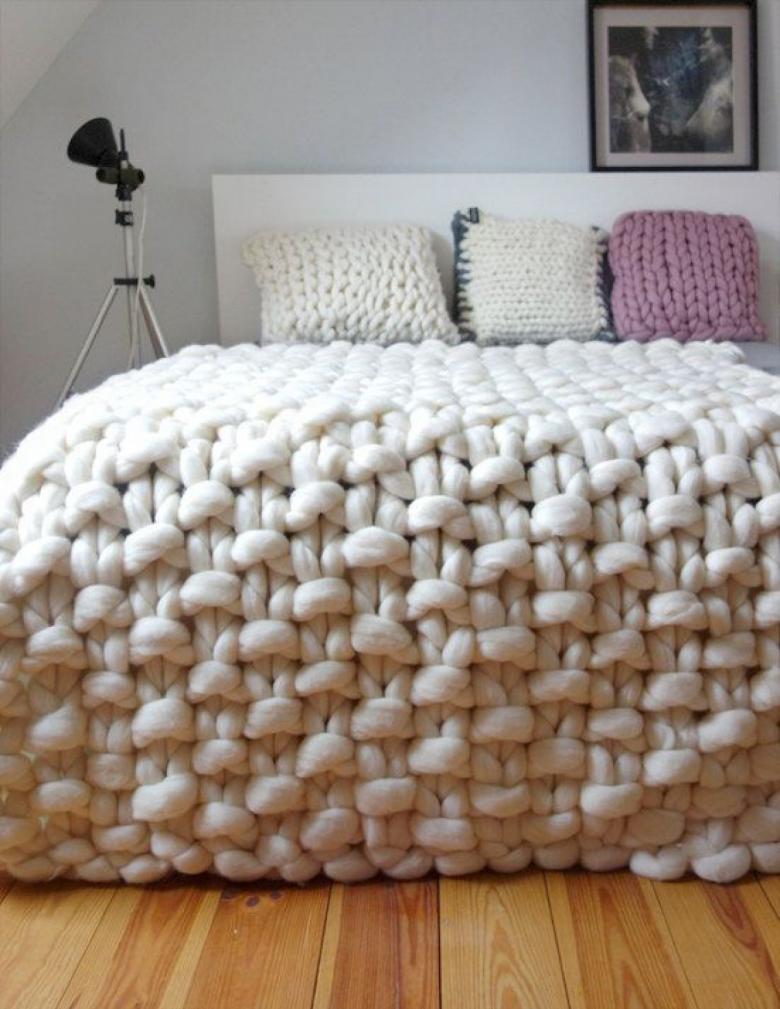
Each square is made separately, then sewn into a single fabric. Various combinations of colors and patterns are possible. Unifying elements will be strapping the entire plaid.
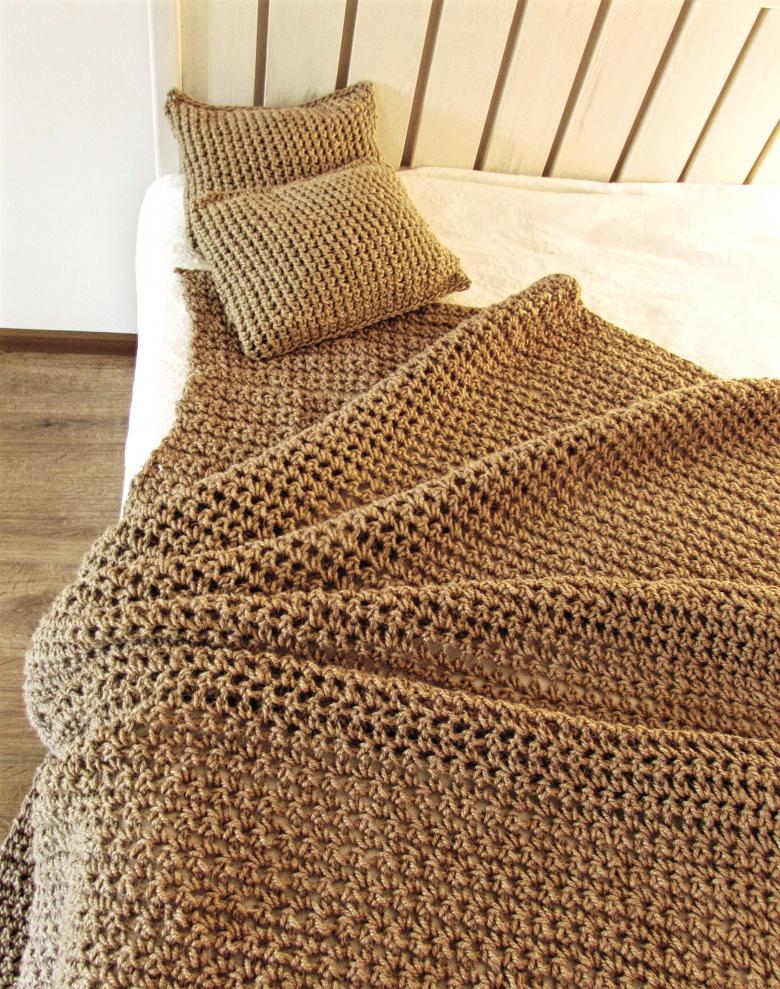
Assembly of motifs
All the fragments are connected to each other. They can either be knitted with a hook or needle, or sewn. The best way is to join the finished parts on the short side, and then knit the resulting strips.
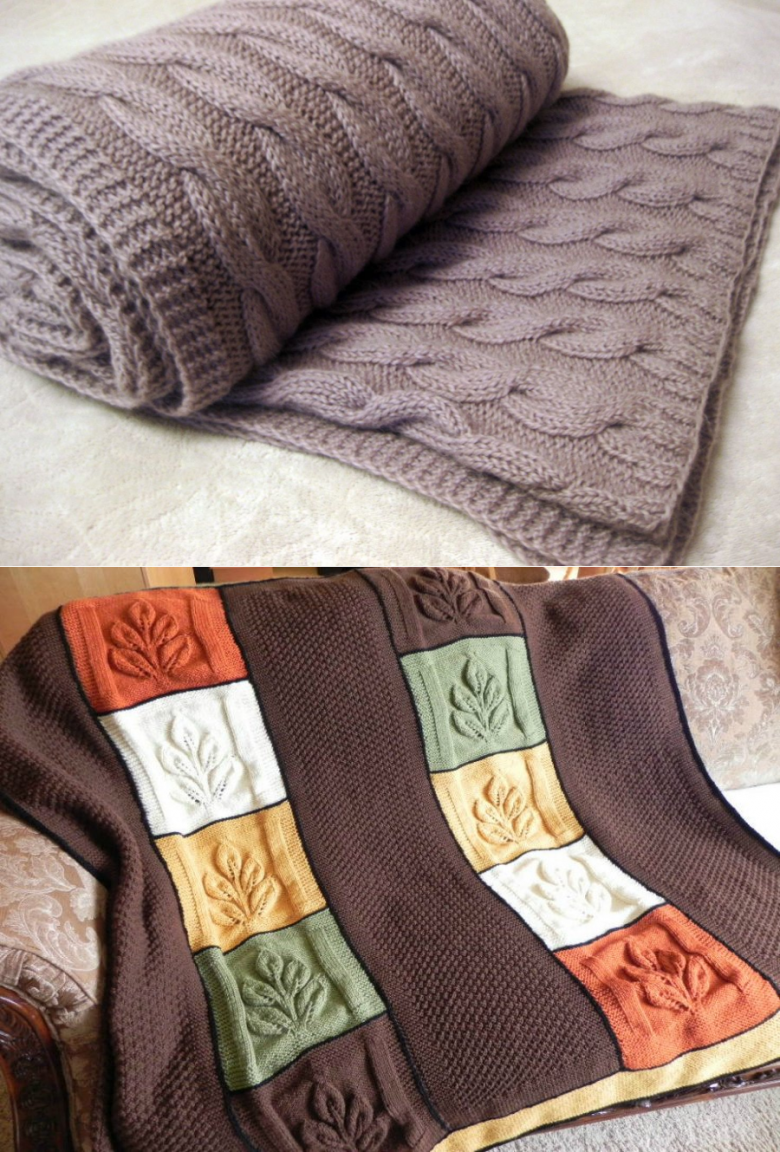
Processing the edge of the product
If the rug is made of squares, the best way to process the edge - banding. You can do it with a hook or needle width of 3 to 5 cm, depending on the size of the finished plaid.
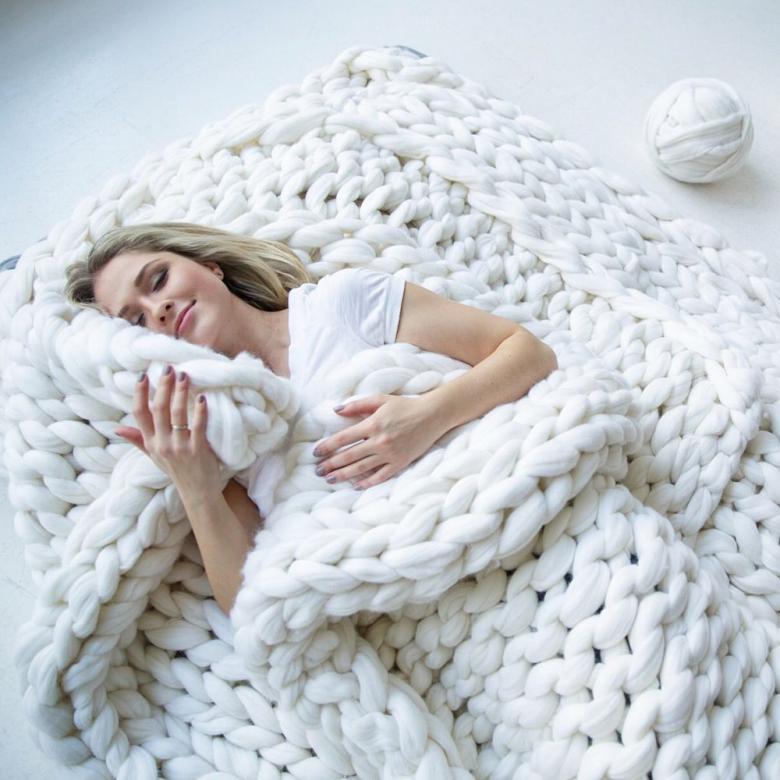
Pay attention! If the product is large, banding with needles requires skill and is more labor-intensive.
In addition to simple tying on the edge you can tie pompoms, festoons or openwork edging.

Plaid knitted in its entirety
To knit such a blanket you will need circular needles with long fishing line, the longer the better.
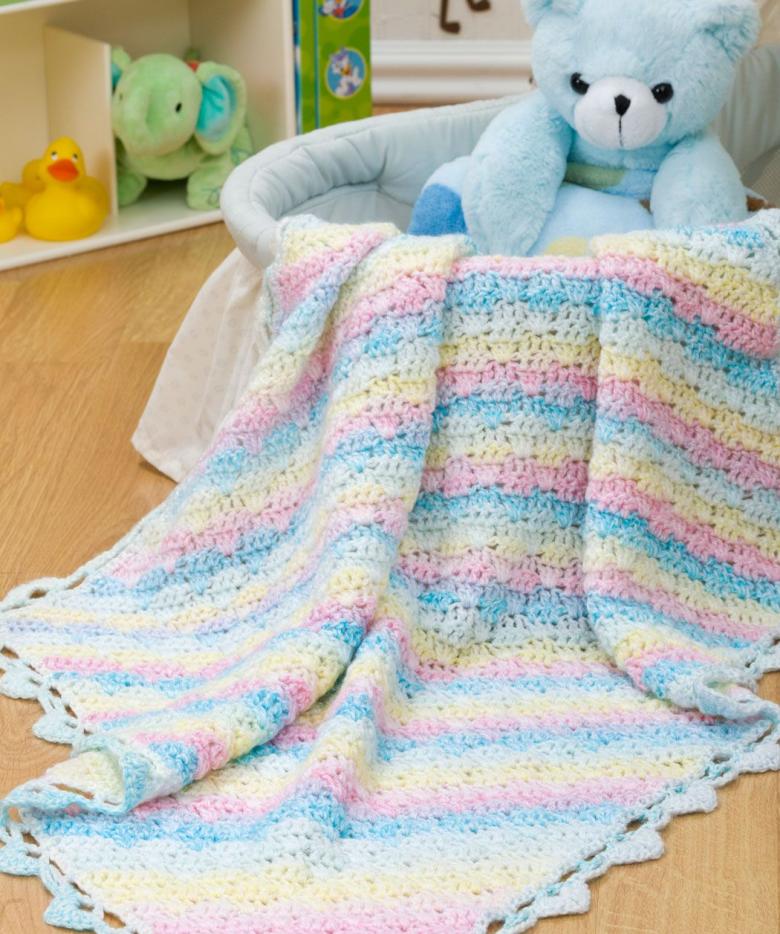
Keep in mind that there will be a large number of loops, and with each new row connected, the weight of the product will increase. Beginning the work, take care of a place where you can sit comfortably, be able to turn and fold the fabric.
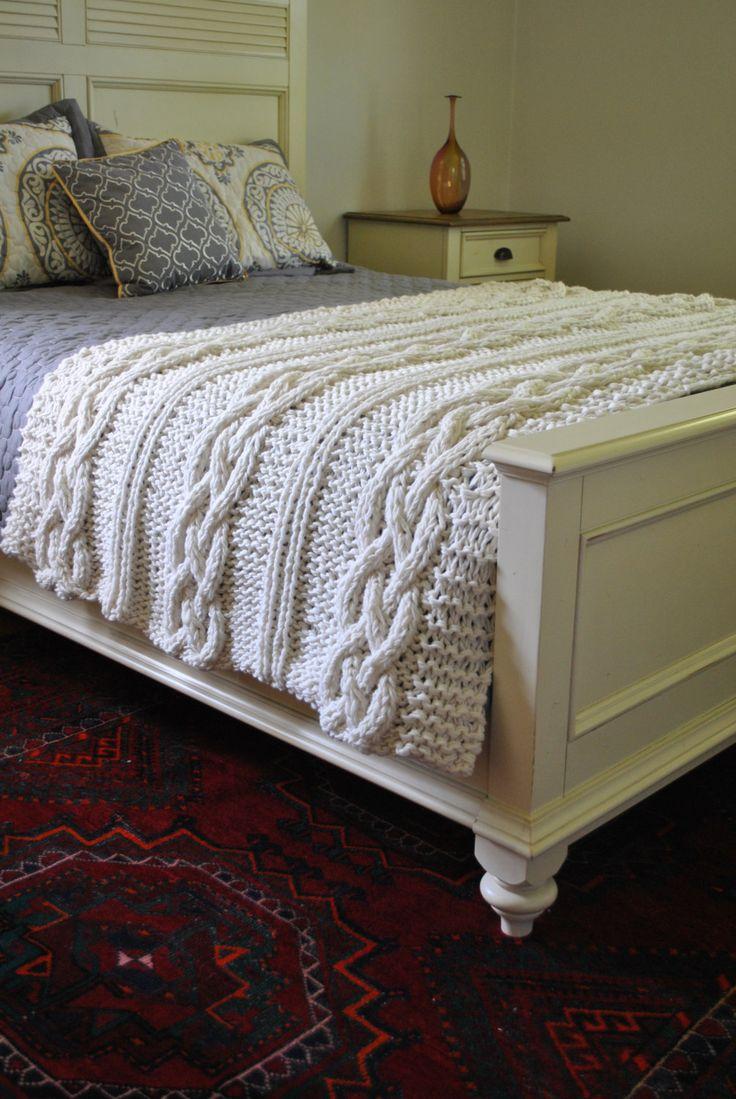
Decide on the pattern of the product. This can be a combination of smooth and embossed patterns, solid stocking knitting, knitted braids, a triangular combination of patterns.
All-knit plaid begins with a knitting selvage. For her choose the dense types of patterns - pearl, poutanka, fig.
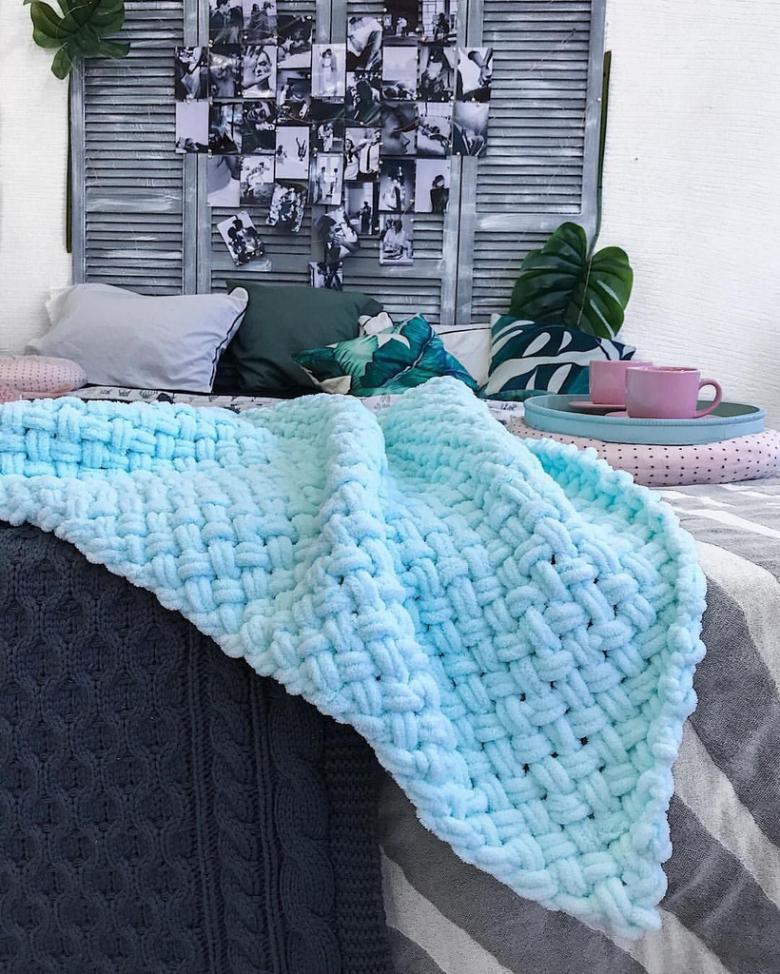
Description of small pearl pattern:
- 1 row: 1 front, 1 back - repeat until the end of the row;
- Row 2: above the wrong side, left, right - right - wrong.
You can not look at the scheme of knitting, and guided as follows: if the spokes face, it is knit on the wrong side, and vice versa.
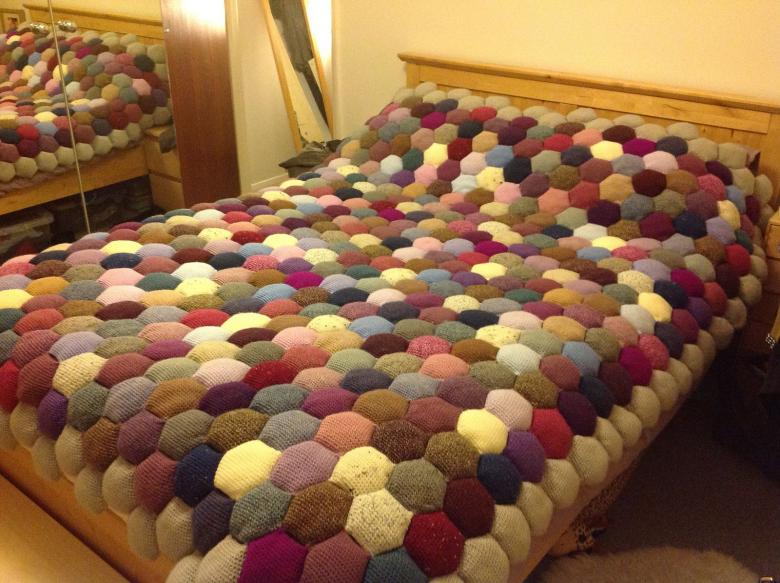
Large "pearls" is knitted under the scheme
- Row 1: 1 obverse, 1 negative - repeat until the end of the row;
- Row 2: as drawn;
- Row 3: 1 razno, 1 obverse;
- Row 4: as drawn.

Before starting the main pattern, leave loops on each edge of the plaid for the selvedges. It is ideal if the width of the selvage is equal to the perimeter of the whole product. Finishing the knitting of the cloth, do not forget to knit the selvage, just as at the beginning of the work.
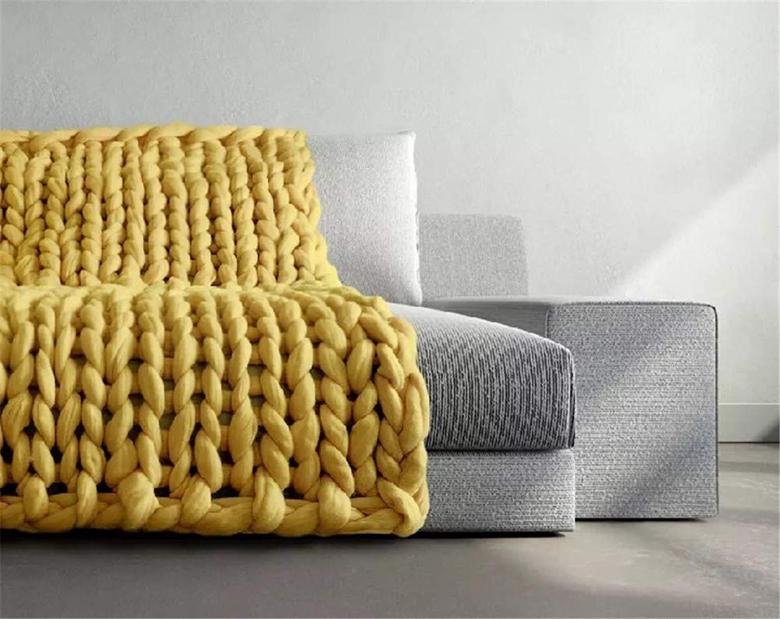
In the style of patchwork sewing by scissors.
- Suitable any yarn and handy needles. You can use any leftover yarn. This method allows you to not bother with the selection of yarns by color and thickness.
- Thick needles will give volume, the work will progress faster, even if the thread will be much thinner than those assumed for this number of needles.
- Choose shawl knitting and knit only with obverse - the simplest, most popular and warmest version of knitting.
- Dial 10 stitches. Read the first row with the right side.
- Knit until the width of the typed loops will correspond to the height of the connected rows. This will be the center piece, square shaped. Rectangles will gradually be tied to it.
- Tie another square to it, but take a different color thread. When introducing new threads of different thicknesses, we focus on the first motif - if the thread is thick, we knit a smaller number of rows. With this method of knitting, the size of the element, not the number of rows, is a guide.
- You get a rectangle with an open short side.
- Take off the knitted stitches of the short side on a pin or small spare needles. New stitches from any long side equal in length to the two squares. The last stitch of the row will always be the first stitch for the new piece.
- Each time strive to form a square. When closing the rows, do not tighten the thread too much, but do not relax it too much either.
- Make the required number of squares.
- To connect the motifs use the same color yarn. First connect the motifs on the short side. It turns out a long narrow strip. On the long side, the loops are put on needles with fishing line and the motifs are joined.
- If this method seems difficult, you can use a hook to connect the strips.
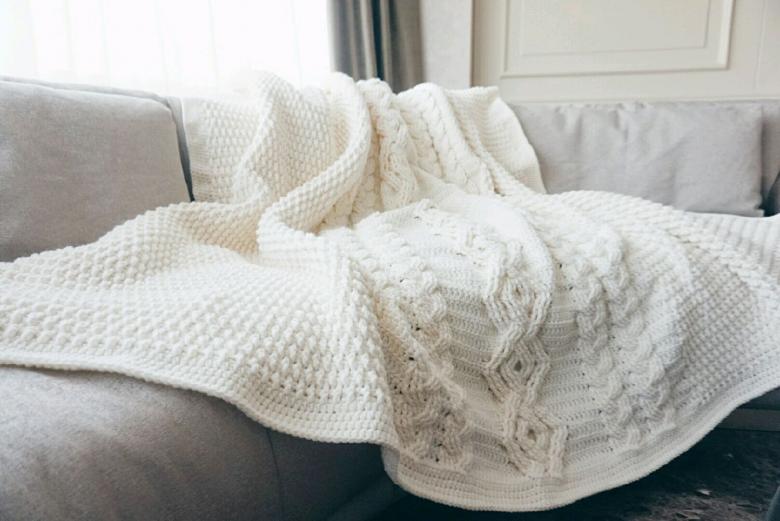
Knit by hand
Very interesting options are obtained from the unusual yarn "Alize puffy" - a soft plush thread with loops. Passing the loops by hand, through each other, according to the principle of braid weaving, you can get a very delicate blanket.
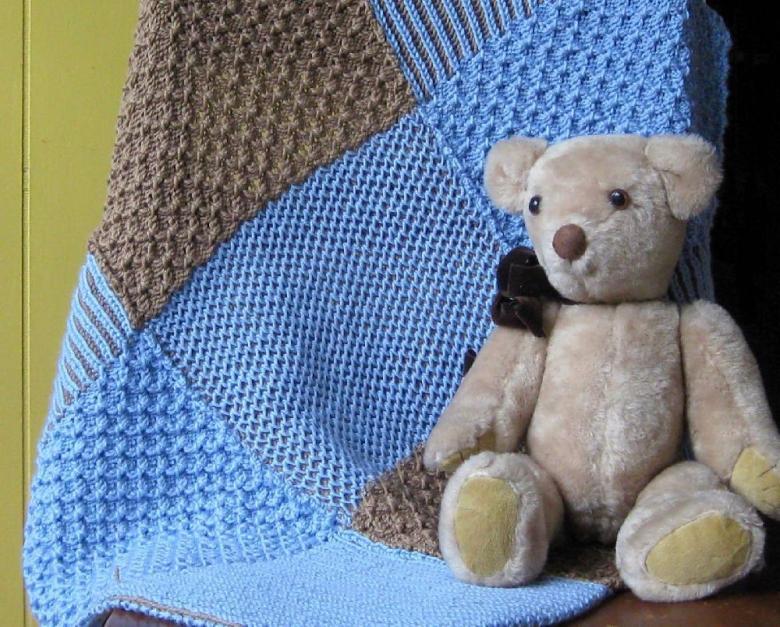
For a small blanket with a side of 1 m, you need about 5 skeins. Occupation is not difficult, if you can dream up different ways of weaving, and the process delivers tactile and aesthetic delight.
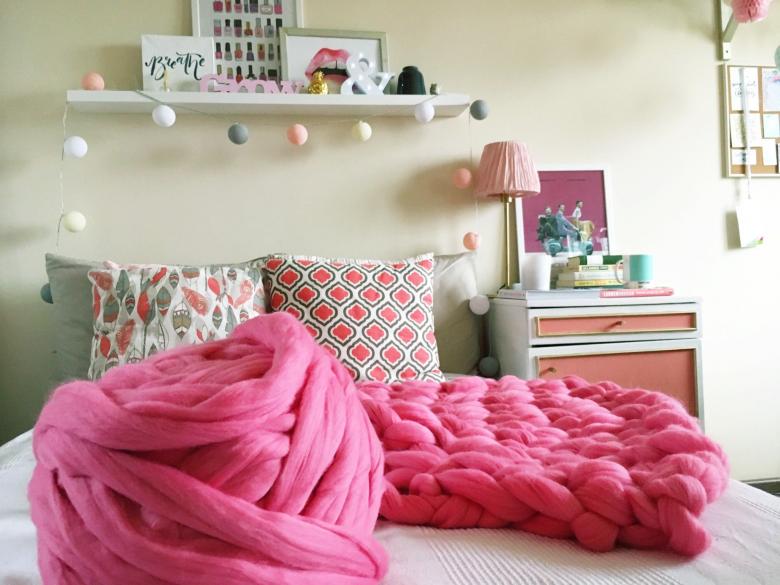
Simple and beautiful
If your skills are limited to knowing only the front loop, do not despair.
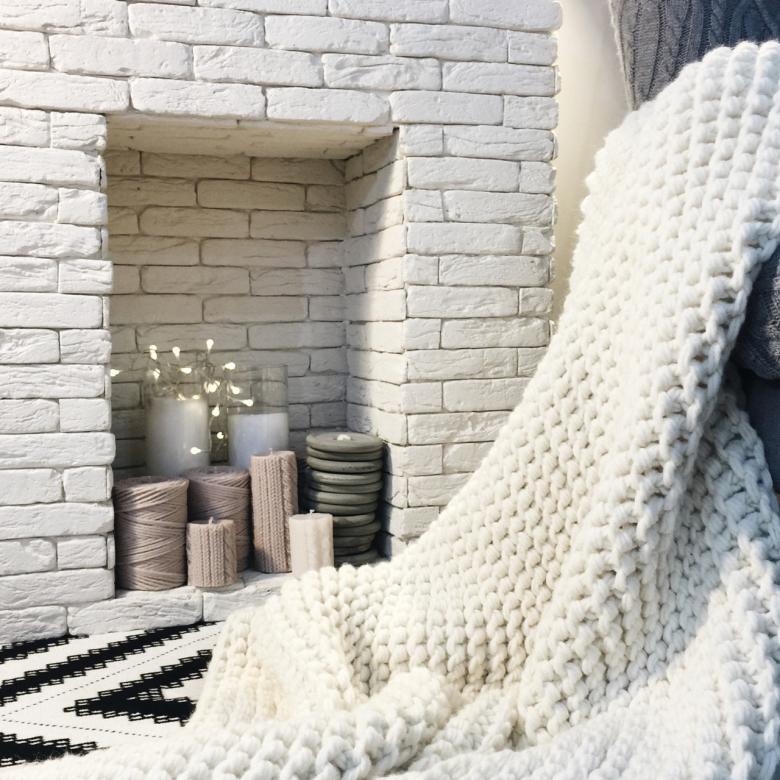
Take a few colored balls of yarn and knit a front stitch. This way you'll work on your stitching skills, and the finished product will be a positive experience. For this way of creating a warm miracle, shades from dark to light will do, they will add up in a fashionable color game - ombré.
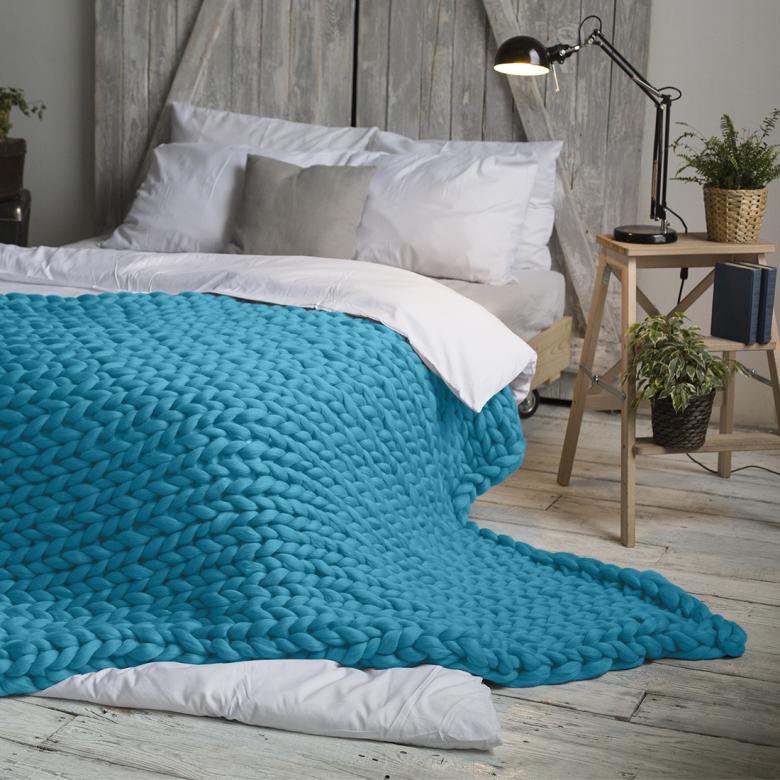
Knitting a plaid is a long and monotonous activity. Use a combination of colored threads, different patterns, and have patience - the result is worth it.

